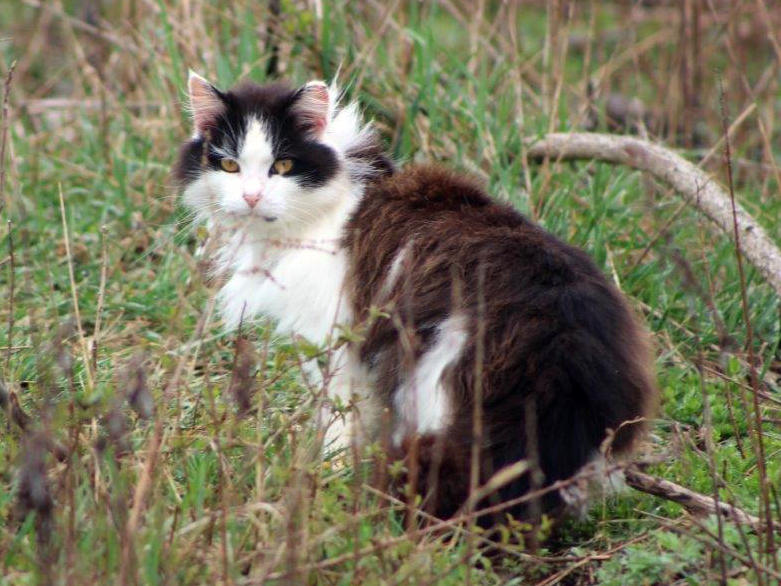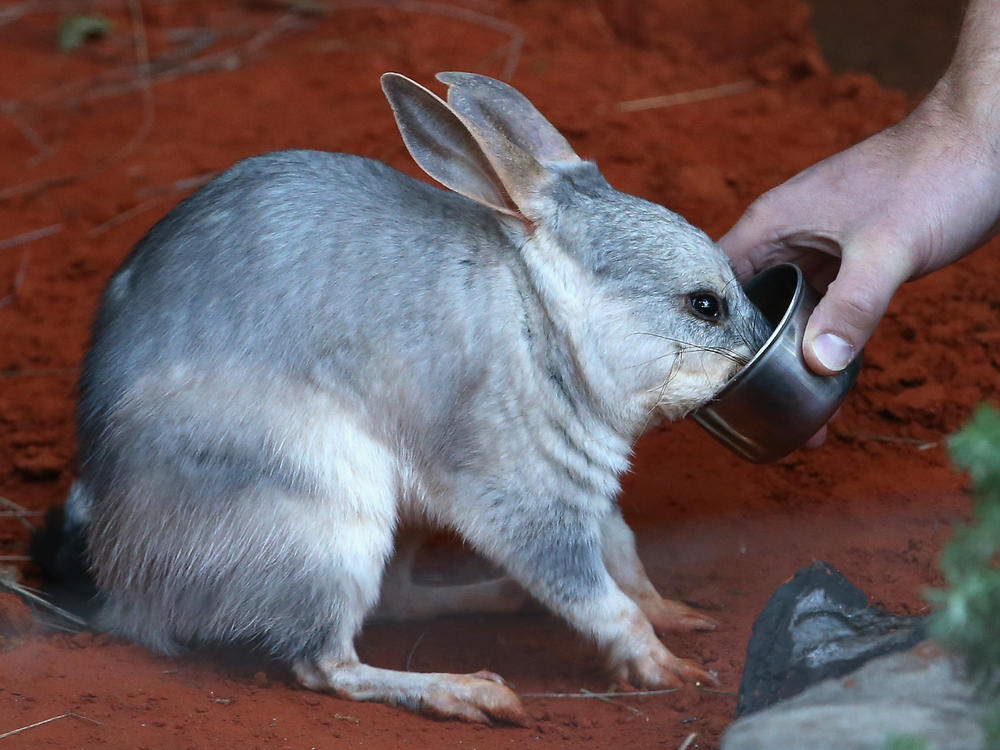Section Branding
Header Content
Australia weighs cat curfews and neutering requirements to rein in feral felines
Primary Content
The Australian government is looking for public feedback on a plan to tackle one of the country's most hairy issues: stray cats.
Stray cats — or "feral" cats, as they're called by Australian officials — kill more than 1.5 billion native mammals, birds, reptiles and frogs as well as 1.1 billion invertebrates in the country each year, the government says. They can also carry disease.
Tanya Plibersek, Australia's Minister for the Environment and Water, announced last week a plan offering a raft of possible new strategies to tame the country's feral cat population, including regional laws that would impose curfews on pet cats and require that owners keep their pets indoors.
"When domesticated cats are living inside our homes, snuggled up at the end of our beds, we rightly love them. But feral cats are the opposite of adorable. They are walking, stalking, ruthless killers," Plibersek said in a statement.
"We are declaring war on feral cats. And today, we are setting up our battle plan to win that war."
One recommendation in the wide-ranging proposal is to enact state- and territory-wide legislation to "require responsible pet cat ownership." That could include things like curfews as well as neutering and limits on the number of cats per household.
According to the Sydney Morning Herald, Victoria allows councils to mandate that pet cats be kept inside during certain hours and the Australian Capital Territory sets a curfew for cats purchased after July 1, while New South Wales and Western Australia have no restrictions.
Australia has long struggled to contain its stray cat population, which authorities say currently threatens several species such as the bilby and the numbat and has cost the government millions of dollars to combat.
Not everyone is on board with Plibersek's plan.
The Cat Protection Society of New South Wales said in a statement that the minister was creating a "moral panic" about cats and "demonising a single species" while failing to address other issues plaguing the environment.
The predicament is not specific to Australia. One study estimated that stray and outdoor pet cats in the U.S. kill between 1.3 and 4 billion birds and between 6.3 and 22.3 billion mammals in the country each year.
Yet some critics doubt that the research is strong enough to warrant efforts to combat the stray cat population and question the ethics of using lethal means to do so.
But Bill Lynn, a researcher and founder of the animal ethics think tank PAN Works, says the main causes of biodiversity loss around the world are the activities of human — not cats.
He adds that cats have helped protect threatened species in some areas by eliminating their predators, and notes that though there are proven instances of cats harming local wildlife, there is a lack of evidence to blame the animals for widespread ecological damage.
"If you look at the reasoning and the evidence for the scientific case against cats, it's extraordinarily weak," Lynn said. "Not that it's weak in specific instances. It can be very strong in specific instances, but one example will become generalized to the landscape overall."
Australia's plan is open for public comments through December.
Copyright 2023 NPR. To see more, visit https://www.npr.org.
Bottom Content


